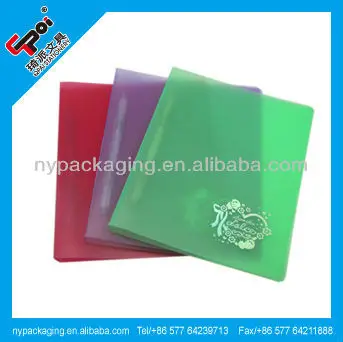
With Folders Factory, you can easily change their colour, add pictures, include text or even make them look like 'embossed' system folders.For example eyedropper, fill, line, rectangle, ellipse, pen, eraser, text, image, round rectangle and so on. Support drag and drop any files and folders.įolder-Factory v5.9.2 Patched (macOS).zip (12.Thankyou for using Microsoft Q&A platform and thanks for your question.Īs I understand your query, you are trying to load files into specific folders based on today's date.Full support for undo/redo, cut/copy/paste.Config line width, pen color and fill color and so on. Please let me know if my understanding is incorrect. You can create a control table having details of the table list you want to copy from Az SQL to. Folder-Factory is a basic icon tool for OS X which help you to customize, design and enhance your folder icons. txt format, assuming you want to load each table as a separate. With it you can combine folder icon with images.

In the dataset connection tab, use the following expression to make the foldername HH:mm:ss'),5),30),'.txt')įor more details, please check this video: Use copy activity inside ADF pipeline and parameterize the source and sink dataset by creating the parameter named TableName With Folders Factory, you can easily change their colour, add pictures, include text, assign textures or even make them look like 'embossed' system folders. Please let us know if any further queries. Please don't forget to click on or upvote button whenever the information provided helps you. JsonLocation $(Pipeline.Original posters help the community find answers faster by identifying the correct answer. This makes it easier to configure paths within your YAML code. You may also want to add a (temporary) treeview step to check the paths on your agent. Make sure you have a checkout step to copy the config and powershell file from the repository to the agent. If you integrate this in your existing Data Factory or Synapse YAML pipeline then you only need to add one PowerShell step. Write-output "File $($path) not found, containers not setup." Write-Output "Storageaccount: $($StorageAccountName) not available, containers not setup." Write-Output "Path $($folder) created in container $($container)" New-AzDataLakeGen2Item -Context $context -FileSystem $container -Path $path -Directory | Out-Null Write-Output "Path $($folder) exists in container $($container)" $FolderCheck = Get-AzDataLakeGen2Item -FileSystem $container -Context $context -Path $path -ErrorAction Silentl圜ontinue # 3) Check if path ends with a forward slash # 1) Replace backslashes by a forward slash Write-Output "Found $($folders.Count) folders in config for container $($container)" Write-Output "Retrieving folders from config" New-AzStorageContainer -Name $container -Context $context | Out-Null Write-Output "Creating container $($container)" Write-Output "Container $($container) already exists" $ContainerCheck = Get-AzStorageContainer -Context $context -Name $container -ErrorAction Silentl圜ontinue Write-output "Checking existence of container $($container)" # First a little cleanup of the container # Loop through container array and create containers if the don't exist Write-output "Storage account $($StorageAccountName) found" $StorageCheck = Get-AzStorageAccount -ResourceGroupName $ResourceGroupName -Name $StorageAccountName -ErrorAction Silentl圜ontinue # Check Storage Account existance and get the context of it $Containers = $($_.containers) | Get-Member -MemberType NoteProperty | Select-Object -ExpandProperty Name $Config = Get-Content -Raw -Path $path | ConvertFrom-Json # Get all container objects from JSON file # Check existance of file path on the agent Write-output "Extracting containernames from $($path)" $path = Join-Path -Path $JsonLocation -ChildPath "config_storage_account.json" # you need different files/configurations per environment. Create an extra parameters for the filename if # Combine path and file name for JSON file.
#FOLDERS FOR FOLDERS FACTORY UPDATE#
# It does not delete of update containers and folders or set authorizations This is of course possible, but make sure to test this very thoroughly and even with testing a human error in configuring the config file is easy to make and could cause lots of data lose! # This PowerShell will create the containers provided in the JSON file Note that the script will not delete containers and folders (or set authorizations to them).


 0 kommentar(er)
0 kommentar(er)
